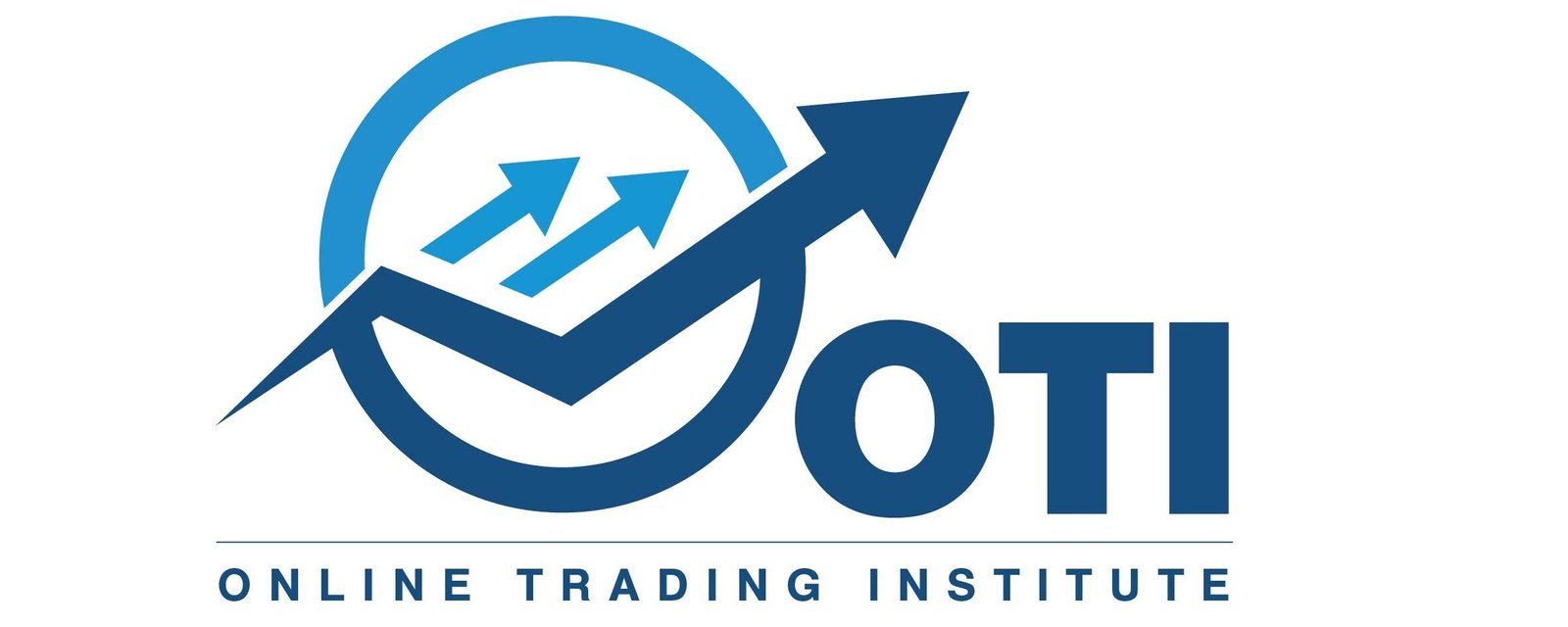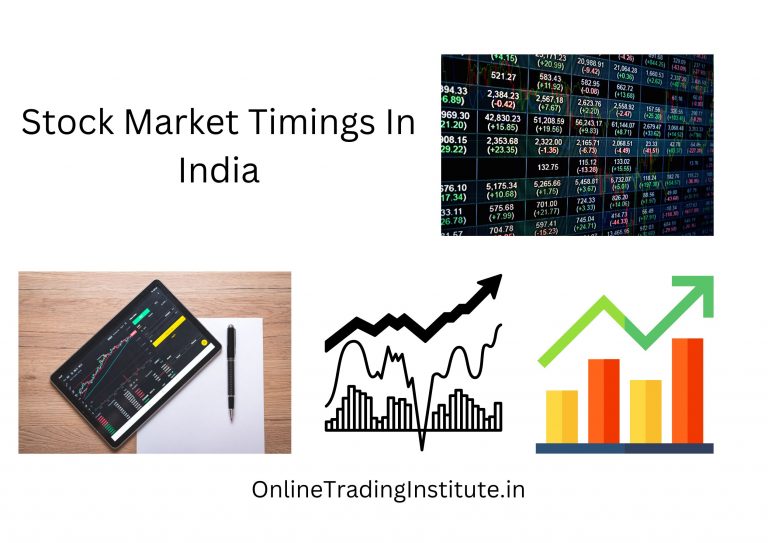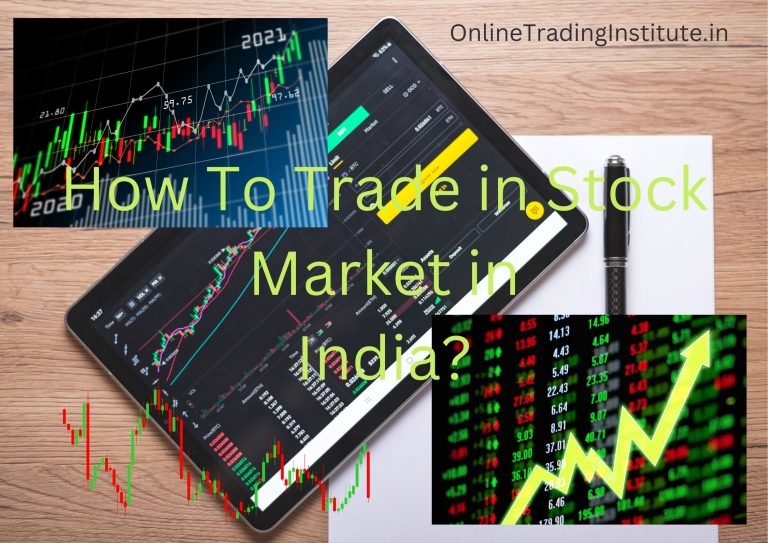No Fed Rescue? Powell Warns of Tariff Impact; Yet Remains Steady

The Tariff Tsunami: More Than Just a Ripple
The global economic landscape just got a new twist! Former U.S. President Donald Trump’s surprise tariff hike has thrown a spanner in the works, with the Federal Reserve scrambling to assess the damage. While the move was expected to shake up trade, the intensity of the fallout has left economists and policymakers clutching their calculators. Inflation is knocking on the door, growth prospects are wavering, and uncertainty looms large—a classic case of the cure being as worrisome as the disease.
Fed Chief Powell Weighs In: Walking a Tightrope
Federal Reserve Chair Jerome Powell, who rarely minces words, has acknowledged the tariff hike’s punch-packed consequences. Speaking at a conference for business journalists in Arlington, Virginia, Powell painted a rather grim picture—higher inflation and potential unemployment spikes. This, in effect, threatens the Fed’s twin objectives: keeping inflation around 2% and ensuring robust employment. Powell’s words sent ripples through the stock markets, extending an already bleeding streak.
His concern? Tariffs might push up costs for consumers and businesses, making everything from cars to kitchen essentials dearer. And if inflation takes off like a runaway train, the Fed may have to rethink its monetary policy stance.
Will Tariffs Tip the Scales? The Growth vs. Inflation Dilemma
The Fed now finds itself between a rock and a hard place. The economy added 228,000 jobs last month, and unemployment is at a steady 4.2%. However, businesses are already sounding alarm bells, indicating a slowdown could be brewing beneath the surface. Powell stressed that while economic indicators remain strong, the mood among businesses and investors reflects growing apprehension.
The key question: will the tariff-induced price hikes be short-lived, or are they the beginning of a prolonged inflationary cycle? Powell remains cautious, asserting that if inflation expectations become unanchored, the Fed will have no choice but to step in and tighten monetary policy.
Trade War Chessboard: Global Retaliation in Full Swing
Economic policies rarely operate in a vacuum, and Trump’s tariffs have invited a robust response from global trading partners. China, one of the largest trading allies of the U.S., has retaliated with a slew of countermeasures. From increased tariffs on American goods to restrictions on critical minerals used in the tech industry, the tit-for-tat game is well underway. Even the poultry industry isn’t spared, with China slapping import limits on U.S.-raised chickens—a subtle dig at Trump’s stronghold in agricultural states.
Meanwhile, financial markets are feeling the heat. The equity selloff has accelerated, reminiscent of pre-pandemic market jitters. While Trump’s administration has downplayed these market tremors, many analysts fear the long-term consequences could be dire.
What Lies Ahead: Will the Fed Hold the Fort?
For now, Powell has made one thing clear—the Fed will not be rushed into a decision. The central bank will wait for more data before adjusting its policy stance. However, the balancing act between curbing inflation and supporting growth is getting trickier by the day.
Trump, never one to shy away from voicing his opinions, has been nudging the Fed for rate cuts. Minutes before Powell’s speech, he took to his platform, urging for an immediate cut, citing easing inflation and job market strength. Powell, however, remained steadfast, reiterating the Fed’s independence and commitment to its inflation mandate.
The Bottom Line: A Waiting Game with High Stakes
As global trade tensions flare up, the economic ramifications of Trump’s tariffs remain uncertain. Will this be a short-term blip, or are we staring at a long-term economic slowdown? The Fed’s next move will be crucial in shaping the financial landscape. One thing is for sure—markets, businesses, and policymakers alike are bracing for what comes next.
The stage is set, the players are ready, and the stakes couldn’t be higher. In the grand chessboard of global trade, the next few months will reveal whether this is a masterstroke or a miscalculation. Until then, all eyes remain on the Fed and its next move in this high-stakes economic drama.
Disclaimer: The views and investment insights provided here are based on publicly available information and do not constitute financial advice. Readers are advised to conduct their own research or consult certified financial experts before making investment decisions.




